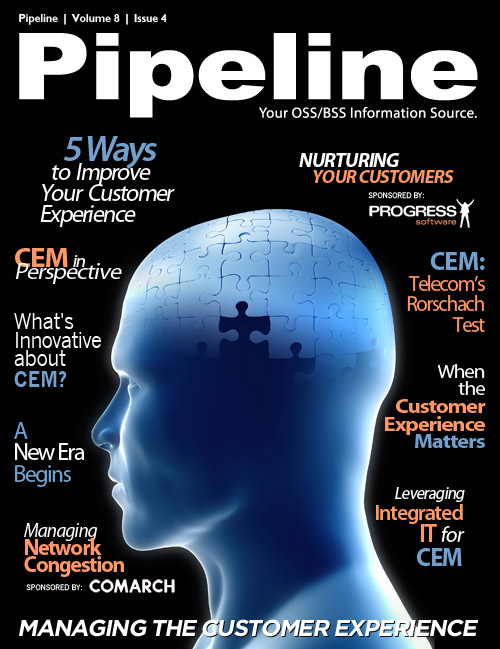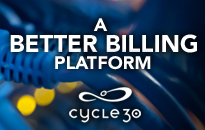3) Don’t Ignore the Obvious.
In keeping with the above, remember that many customers are so unaccustomed to getting exactly
what they want, and pay for on a consistent basis, that when they actually get it, they’re floored.
However, as an industry, we like to think that we’ve maxed out the customer experience somehow.
That devices are already so thoroughly taxing the network that we couldn’t possibly give more.
But is that the case? To illustrate, I give you a story related to me by Anssi Tauriainen, CEO of Aito
Technologies, a customer analytics software provider:
“I broke my smartphone few weeks ago during my holiday, and had to switch back to a traditional
mobile phone until the time the smart phone was repaired. To my big surprise, it turned out to be
a great experience. Voice calls were always crisp and clear. No more dropping calls. And I had
to recharge the phone only once per week. At a rational level I understand this is not caused by my
operator, but it didn’t take many days for me to start blaming them again for everything once I got
my smartphone back. To me it proved that there is still a lot of work to be done by operators and
device manufacturers to unlock the full potential of the new technology.”
These things aren’t always within the control of the service provider, but it does underscore one of the
many ways in which the customer experience can take a wrong turn.
Customer reactions aren’t always logical. Sometimes they’re visceral. So it’s often best to keep things
simple. “Although as a Service Provider you’re fiercely proud of your network and the technology it’s
built from, accept that your customers are simply not interested, said Thomas. “Deliver what you do
in the simplest way possible, express your services, and service levels in business terms, and hide the
technology.”
4) Know when to carry your customers and know when to let them walk.
Let’s go back to the example of Morton’s delivering the steak to the airport: The customer directly
requested (albeit jokingly) that the restaurant deliver an ornate meal, and the restaurant did so. But
what if the customer hadn’t asked for all that? What if the customer wanted to go get his own steak?
Joshua Biel, Director of Vertical Marketing for the Service Provider arm of virtualization software vendor
Parallels, reminds us that one way to enhance the customer experience, “would be to make sure that
robust customer control panels are in place that let customers do such things as make changes to
existing services, add (or remove) new services, and pay bills.” Self-service is a fine tool for enhancing
the customer experience. I can’t speak for everyone, but I know that I refuse to contact a customer
service rep unless I absolutely must. If it comes to having to make a call, I’m usually already irritated and
probably no fun to talk to. I’ll opt for self-service in technical matters 9 times out of ten.
And finally,
5) Communicate
I mean come on. You’re a communications company. Would it kill you to reach out to your customers
now and again?
Jokes aside, it’s amazing what a simple text alert can do to enliven the customer experience.

 A text message sent to a customer alerting him that he is roaming onto an international tower. An opt-in location-based notification for a customer letting her know that her hotel is just a block away from
her favorite clothing store.
A text message sent to a customer alerting him that he is roaming onto an international tower. An opt-in location-based notification for a customer letting her know that her hotel is just a block away from
her favorite clothing store.
And sometimes this might mean a highly targeted marketing campaign. “More often than not,
operators push out blanket marketing campaigns that may only appeal to a small segment of their
subscriber base and risk alienating the majority of their customers,” said Carroll. “However, by
analyzing the customer data, operators could form an accurate profile of each subscriber based on what
services they’re using, their device, network status and location.”
Customer experience enhancement doesn’t have to be magical. It just needs to be consistent, clear,
reasonable, and accessible.











